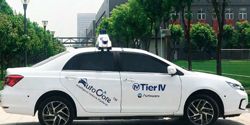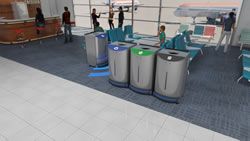Accel Robotics Launches Autonomous 'Valet Market' Store With Last Step™ Delivery in San Diego
3 Trends in Robotics Energy Consumption
The Future of Robotics and Liability: Who is Responsible?
RoboticsTomorrow - Special Tradeshow Coverage MODEX 2020
MARS - Mobile Arm Robot System
The 5 Key Points When Motorizing an AGV
How to Make Autonomous Driving Safe
What is Machine Vision?
Teradyne to Acquire AutoGuide Mobile Robots
Segway-Ninebot Unveils New AI-powered Products, Delivering Take-out with Low-cost DeliveryBots
Autonomous Mobility Grows Its Sea Legs"Š-"ŠToyota AI Investment in Sea Machines
WPI Robot Could Protect Caribbean from Lionfish Invasion
What Are Autonomous Robots, and Why Should We Care?
Artificial Intelligence Startup Announces New Breed of Mobile Autonomous Robots
Autopilot vs. Autonomous
Records 31 to 45 of 62
First | Previous | Next | Last
Featured Product

3D Vision: Ensenso B now also available as a mono version!
Robotics and Automation - Featured Company
















